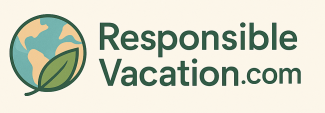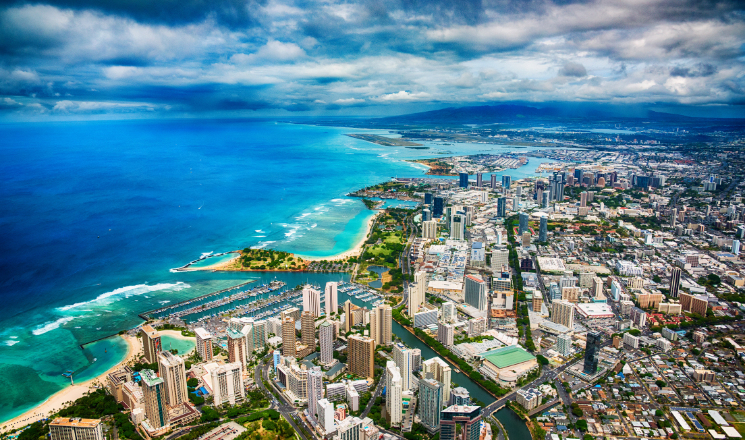Hawaii is more than just paradise beaches and crystal-clear water—it’s also home to some of the most fragile marine ecosystems on Earth. In Honolulu, protecting ocean life isn’t just an idea—it’s a way of life. From sea turtles to vibrant coral reefs, locals and visitors alike play a big role in keeping the ocean healthy. So, how exactly can you make a difference? Let’s dive in.
Why Protecting Ocean Life Matters in Honolulu
Hawaii’s waters are full of life—colorful fish, endangered monk seals, and even migrating humpback whales. Because these ecosystems are delicate, even small changes in the environment can create big problems. For example, rising ocean temperatures and pollution can bleach coral reefs, affecting every creature that depends on them.
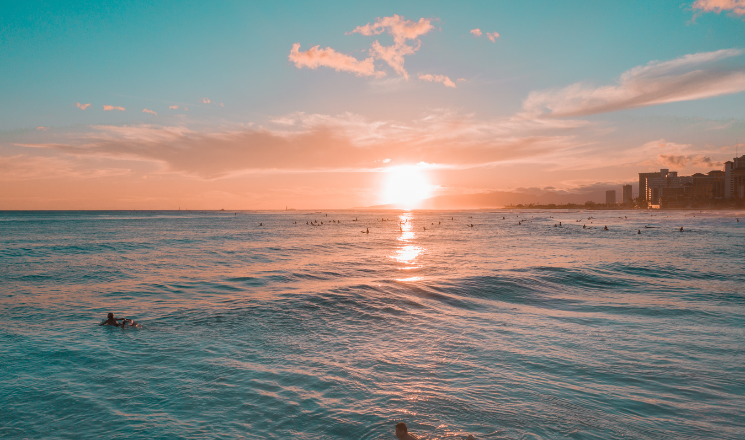
But here’s the good news: Honolulu, as the state’s capital and a popular tourist hub, has made real efforts to lead the way in conservation. Thanks to local programs, volunteer work, and eco-friendly practices, there’s a growing movement focused on protecting ocean life—and you can be a part of it, too.
Choosing Eco-Friendly Ocean Activities Helps Protect Ocean Life
When you’re enjoying the water, your choices matter. Opting for eco-conscious activities helps reduce stress on marine ecosystems.
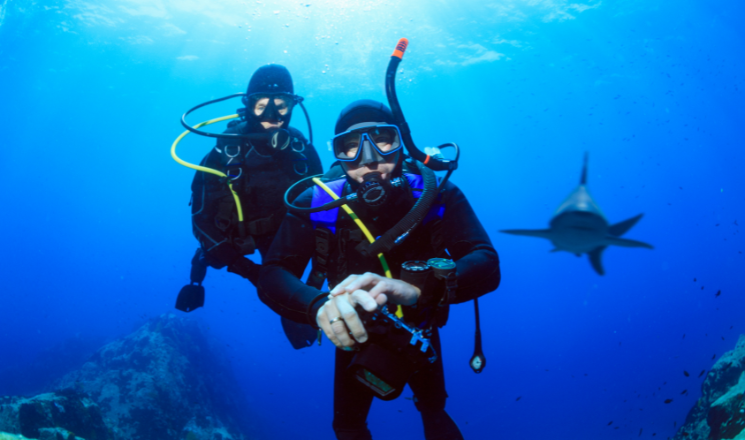
For instance, try snorkeling with a responsible operator that respects marine life boundaries. Companies like Hawaii Eco Divers and Snorkel Bob’s offer tours that educate guests about underwater wildlife while strictly avoiding damage to coral or interference with animals.
Even better, consider joining an eco-tour. These small-group adventures often involve reef-safe sunscreen, proper trash disposal, and guides who understand the local ecosystems deeply. This way, you have fun and help at the same time.
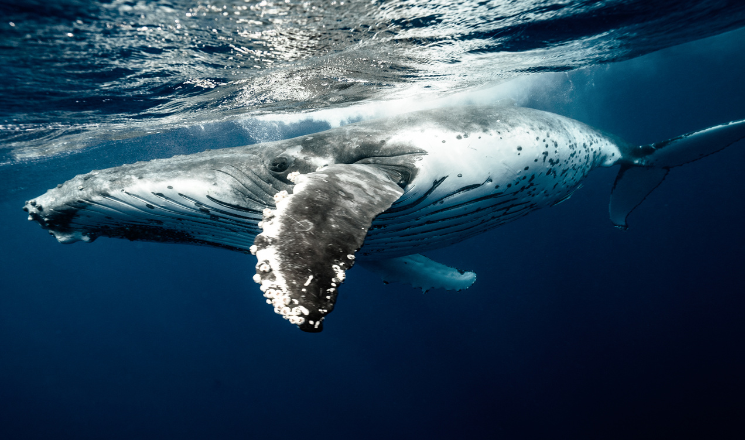
Moreover, avoiding jet skis and loud boat engines can reduce noise pollution, which disturbs marine mammals like dolphins and whales. Choosing quieter water activities like kayaking or paddleboarding not only protects the environment but also offers a peaceful way to enjoy nature.
Supporting Marine Conservation Projects in Honolulu
Another way to protect ocean life? Support local conservation groups working on the front lines.
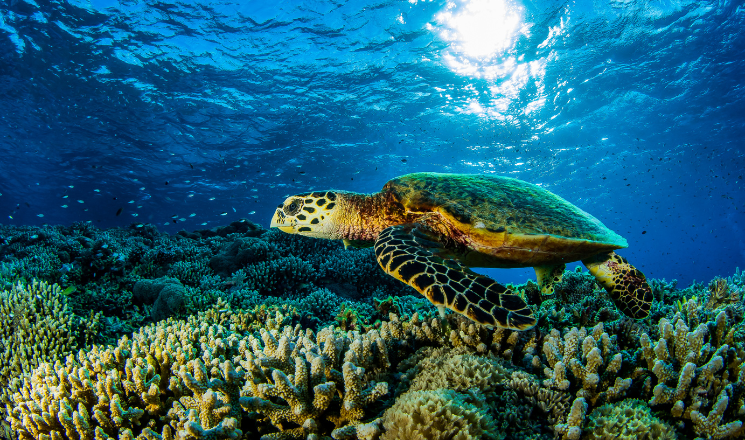
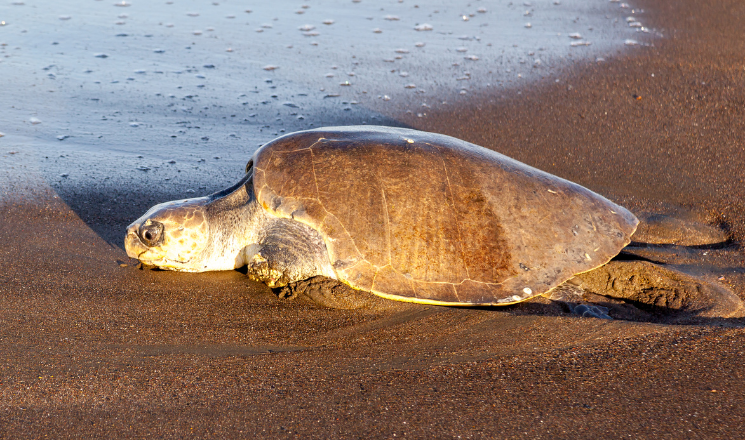
Organizations like the Hawai‘i Wildlife Fund and Sustainable Coastlines Hawaii are doing incredible work. Whether it’s hosting beach cleanups, restoring coral reefs, or rescuing injured sea animals, their efforts make a real difference.

If you’re staying in Honolulu, chances are you’ll find a beach cleanup event nearby. These events are great for families, students, and tourists looking to give back. Even a couple of hours on a weekend morning can remove hundreds of pounds of waste from local shores.
Some groups also offer educational workshops that show how your daily choices—like what you eat or how you dispose of plastics—impact ocean health. By attending, you’ll walk away informed and inspired.
Reducing Plastic Waste Is Key to Protecting Ocean Life
Plastic pollution is a massive threat to ocean ecosystems. From bottle caps to straws, plastic ends up in the water, hurting animals and coral alike.

Luckily, Honolulu is taking steps to limit this. The city has already banned plastic bags and foam containers, and many restaurants use biodegradable packaging. But individuals can help, too.
Start by bringing reusable water bottles, tote bags, and bamboo utensils when you’re out and about. Refill stations are common at beaches like Waikīkī Beach and parks like Ala Moana Regional Park, so it’s easy to avoid buying bottled drinks.
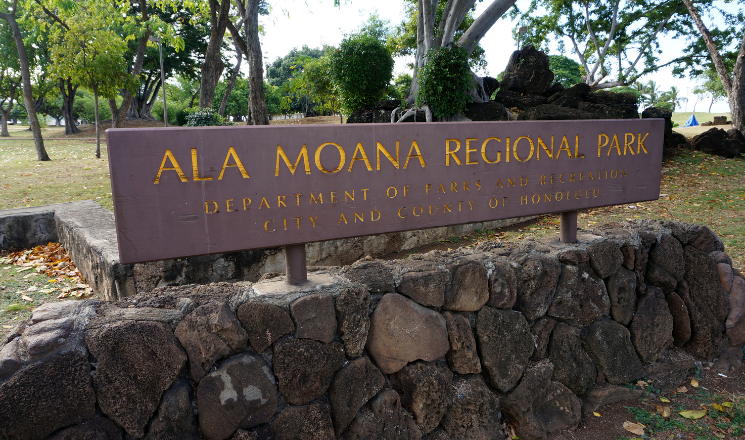
Also, be mindful when ordering takeout. Say “no” to plastic cutlery or ask if they offer compostable options. Small changes, when made consistently, can ripple out into much bigger impacts.
Choosing Reef-Safe Sunscreens to Protect Ocean Life
Believe it or not, something as simple as your sunscreen can hurt the ocean. Certain chemicals found in many popular brands—like oxybenzone and octinoxate—are toxic to coral reefs. These chemicals wash off when you swim and weaken coral’s ability to recover from bleaching.
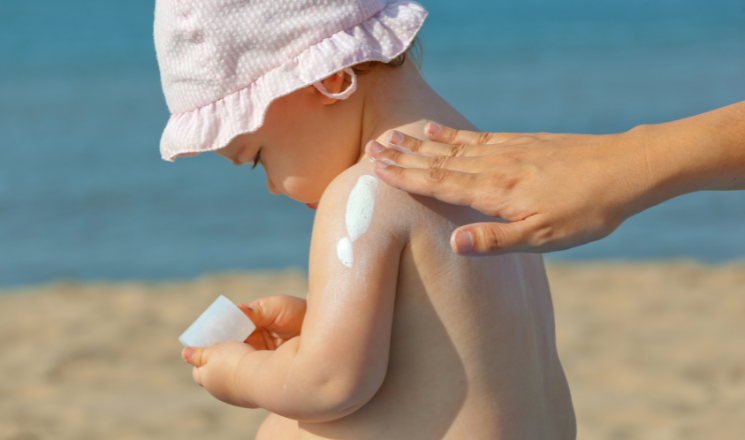
Fortunately, Hawaii was one of the first states to ban these harmful ingredients. Today, it’s easy to find reef-safe sunscreen at most stores around Honolulu.
When shopping, look for mineral-based options that use zinc oxide or titanium dioxide. These ingredients don’t harm marine life and still provide great protection from the sun. Popular local brands like Kōkua Sun Care are not only reef-safe but also locally made.
It’s a simple switch with big benefits—and your skin will thank you, too.
Respecting Marine Animals and Their Habitats
When you spot a sea turtle or monk seal on the beach, your first thought might be to get close and snap a selfie. But it’s important to admire from a distance.
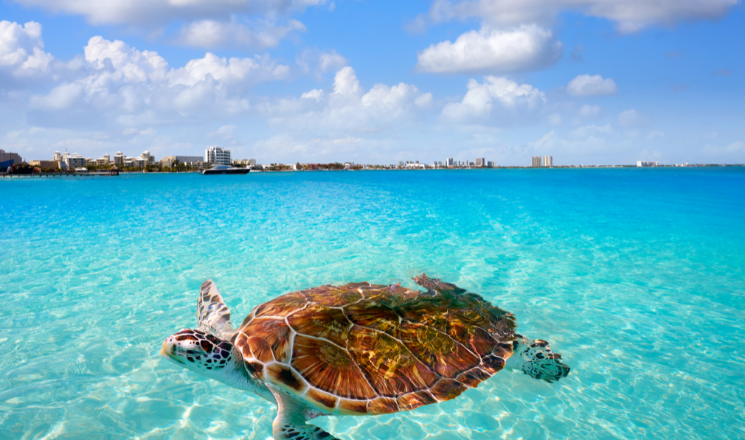
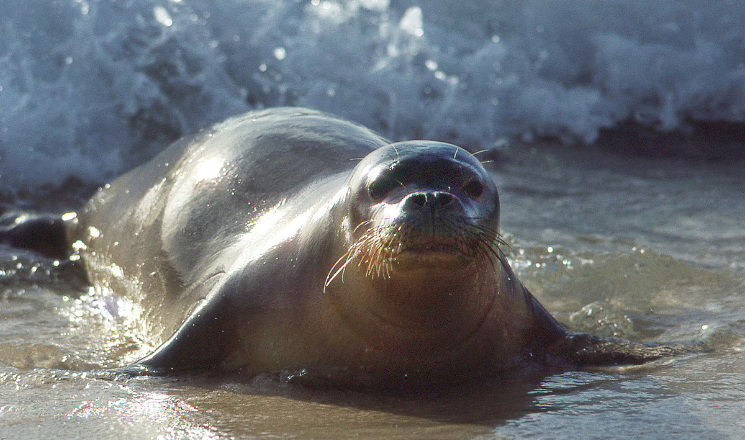
Hawaiian green sea turtles (honu) and Hawaiian monk seals are both protected species. Getting too close can stress them out, and in some cases, it’s against the law. In fact, NOAA recommends staying at least 10 feet away from turtles and 50 feet from monk seals.
If you’re lucky enough to see dolphins or whales offshore, enjoy the moment without trying to chase or touch them. Boats should always slow down and steer clear when these animals are nearby.
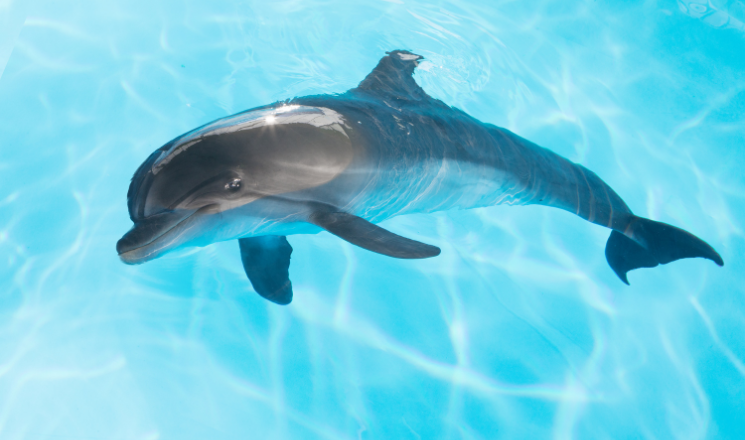
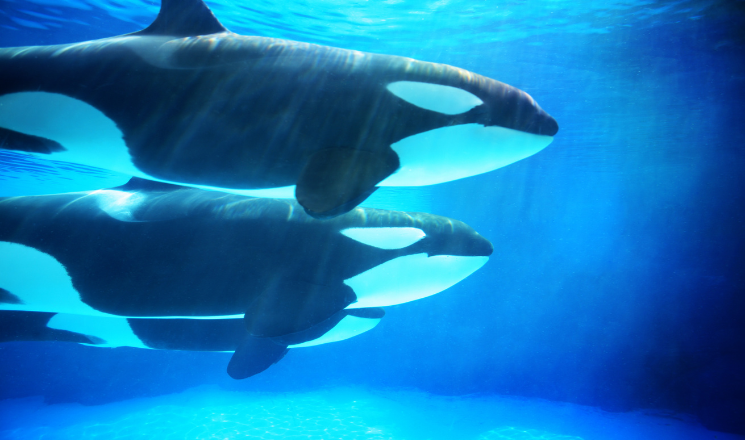
Additionally, be cautious where you step while snorkeling. Coral may look like rock, but it’s actually alive. One misstep can break off years of growth. Floating instead of standing helps protect these fragile reef structures.
Visiting Educational Centers That Focus on Ocean Life
If you want to learn more in a fun and interactive way, Honolulu has several places that educate the public on ocean conservation.
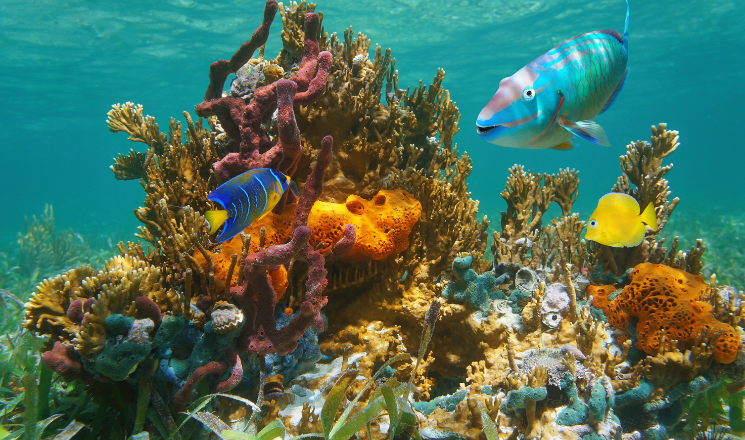
One of the best spots is the Waikīkī Aquarium. Located near Kapiʻolani Park, it showcases Hawaii’s unique marine life and offers programs on coral reef health, marine debris, and native species protection.
Another great destination is the Hawai‘i Institute of Marine Biology on Coconut Island. Though it’s a bit of a trip from central Honolulu, guided tours and virtual programs are available for those interested in marine science.
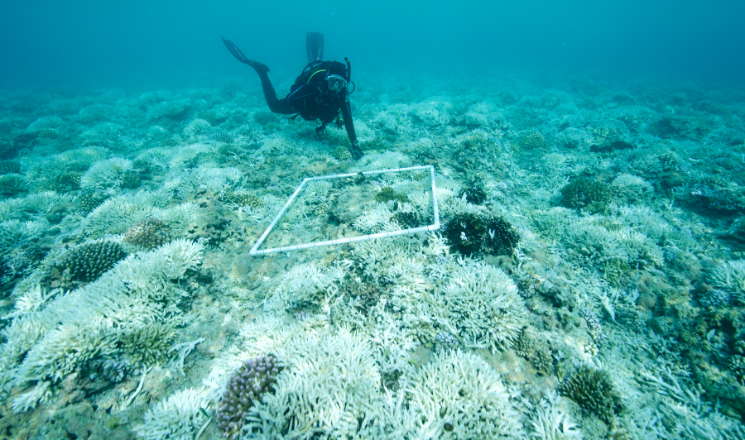
These centers offer hands-on experiences, from tide pool exhibits to behind-the-scenes lab tours, helping visitors understand the bigger picture behind conservation efforts.
Joining Local Volunteer Programs for Ocean Protection
Sometimes, the best way to help is to get your hands dirty—in the best way. Honolulu offers countless chances to volunteer and protect ocean life.
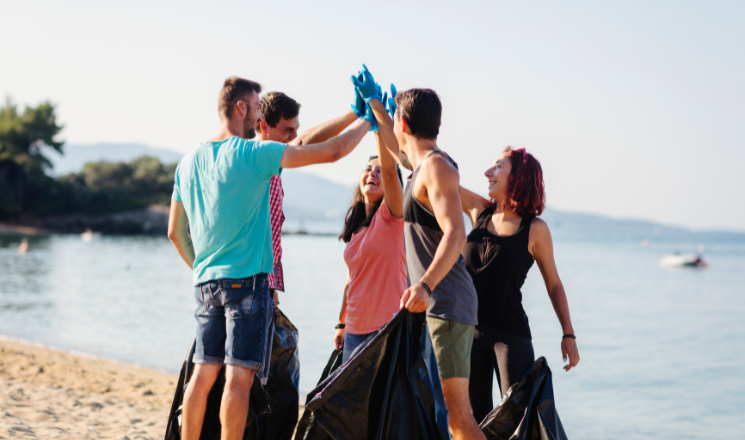
Whether you’re a local or visiting for a week, you can join reef monitoring teams, coastal planting projects, or even marine animal rescue efforts.
Apps like Volunteermatch or platforms like Kanu Hawaii list upcoming opportunities. Many organizations also post sign-ups on Instagram, so follow your favorite eco-groups to stay in the loop.
Volunteering not only benefits the ocean but connects you with like-minded people. Plus, it gives you a unique memory to take home—one that’s more meaningful than any souvenir.
Teaching Kids and Teens to Love and Protect the Ocean
One of the most powerful ways to protect ocean life is by inspiring the next generation.
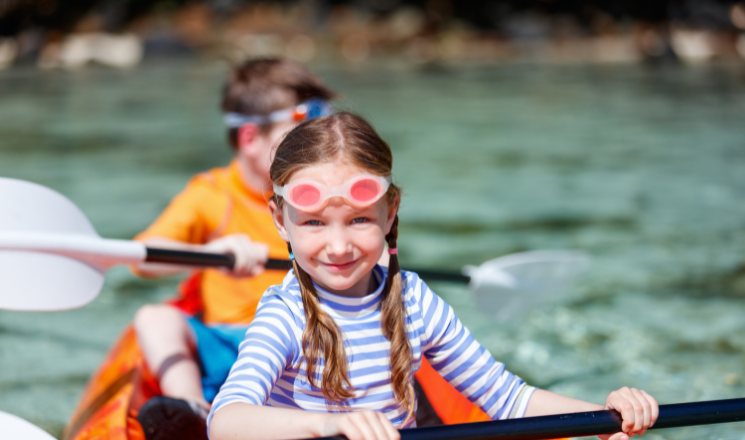
Schools across Oʻahu incorporate ocean literacy into their curriculum, and local nonprofits offer programs like junior snorkeling clubs or reef-building activities for kids. The earlier young people learn about marine ecosystems, the more likely they are to care about them as adults.
Families visiting Honolulu can bring their kids to ocean-themed story hours at local libraries, or check out interactive exhibits at Bishop Museum, which often include ocean science and Hawaiian traditions related to the sea.
When children grow up respecting nature, they pass those values forward—and that keeps the cycle of conservation going strong.
Final Thoughts: Every Action Counts When Protecting Ocean Life
Even if you only spend a few days in Honolulu, your choices can leave a lasting impact. By being mindful—choosing reef-safe products, supporting eco-tourism, volunteering, and educating others—you become part of a global movement to protect ocean life.
It doesn’t take much. In fact, it often starts with a decision as small as saying “no” to a plastic straw or choosing a quieter way to enjoy the sea.
So the next time you’re gazing out at the waves from Diamond Head, snorkeling near Hanauma Bay, or watching turtles at Laniakea Beach, remember—those waters are depending on us. Let’s keep them safe, clean, and full of life for generations to come.
